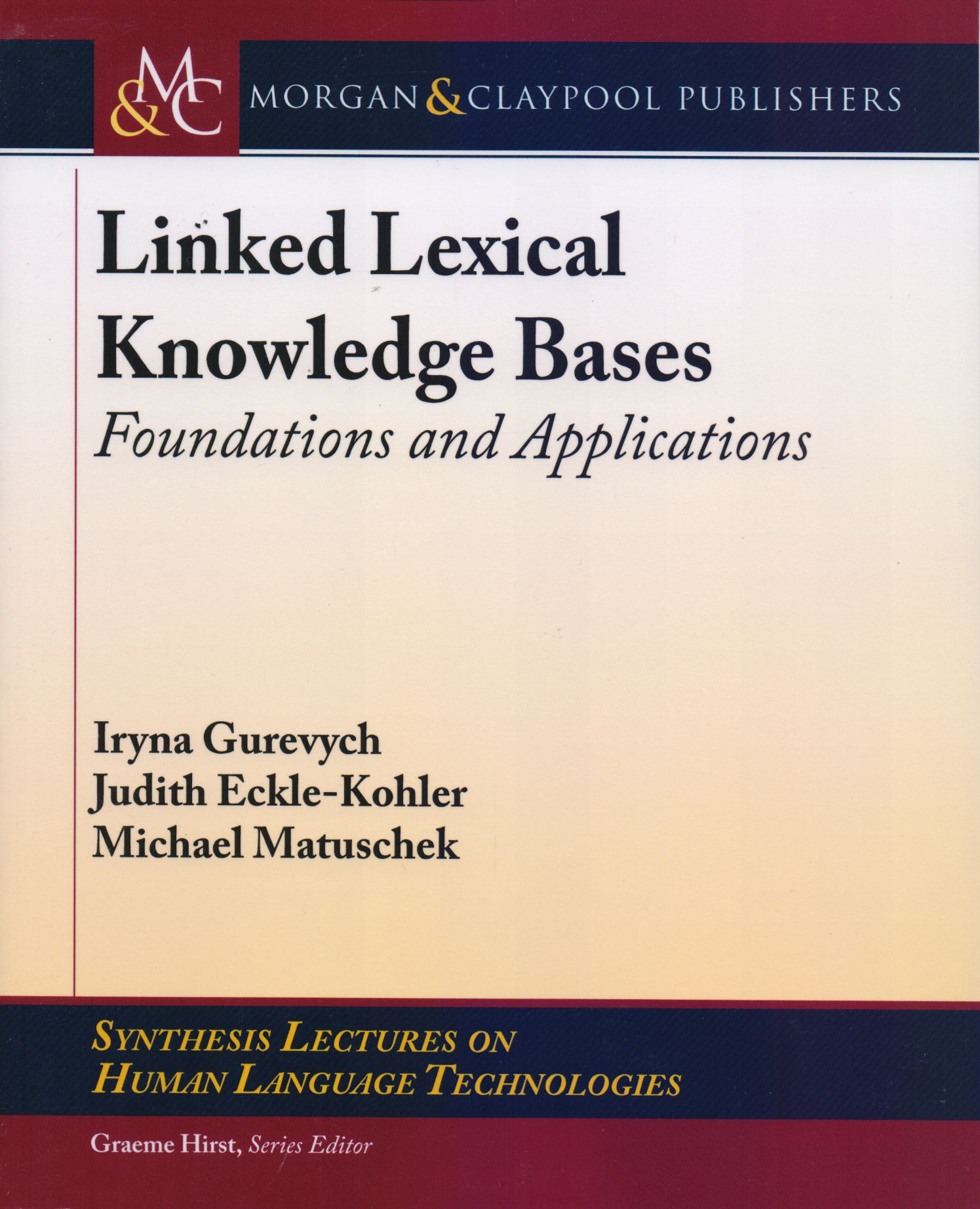Libros relacionados
 |
Resistive Random Access Memory (Rram): From Devices To Array Architectures Yu, Shimeng Morgan & Claypool Publishers |
 |
Linked Lexical Knowledge Bases: Foundations And Applications Gurevych, Iryna / Eckle-Kohler, Judith / Matuschek, Michael Morgan & Claypool Publishers |
 |
Design Of Visualizations For Human-Information Interaction: A Pattern-Based Fram Sedig, Kamran / Parsons, Paul Morgan & Claypool Publishers |
 |
Dibujo y Diseño en Ingeniería Jensen, Cacil / Helsel, Jay / Short, Dennis Mc Graw-Hill Companies, Inc. |
 |
Minitab Handbook: Updated For Release 16 Ryan, Barbara / Joiner, Brian / Cryer, Jonathan Cengage Learning Editores, S.A. de C.V. |
 |
Innovación: Desafío Para el Desarrollo en el Siglo XXI Mutis, Josè Celestino Universidad Nacional de Colombia |
 |
Turning Toward Technology: A Glimpse Into The Asian Paradigm Teschner, George / Tomasi, Alessandro Transaction Publishers |


|
Título: Conceptual Design Of a Fluidized Bed Nuclear Reactor. Statics, Dynamics And Saf | |
| Autor: Agung, Alexander. | Precio: $975.00 | |
| Editorial: Ios Press | Año: 2007 | |
| Tema: Diseño, Tecnologia, Energia | Edición: 1ª | |
| Sinopsis | ISBN: 9781586037598 | |
| In this publication a conceptual design of an innovative high temperature reactor based on the fluidization principle (FLUBER) is proposed. The reactor should satisfy the following requirements: (a) modular and low power, (b) large shutdown margin, (c) able to produce power when the bed of particles expands and stop as soon as the coolant flow is lost, (d) stable from the reactivity point of view, (e) resistant to inherent fluctuations in the fluidization regime, and (f) able to remove post-shutdown decay heat by passive means without compromising the safety margin.
The research has been conducted in three parts. The first part is concerned with the static behavior of the reactor. The behavior of the reactor at low and high void fraction and with a nonuniform distribution of fuel particles is investigated. The subject of the second part is related to the behavior of the reactor as well as its stability under dynamic conditions. The study is performed by using a zero- and multi-dimensional dynamics model. The third part of this research deals with the decay heat removal in absence of a forced cooling system. Several different cases have been considered and the results of the calculations indicate that to a certain extent it is possible to remove the decay heat of the fluidized bed reactor by passive means. In conclusion, by tailoring the design of the fuel particles and the geometry of the reactor the proposed system can satisfy all of the predetermined requirements. By using specialized computational tools the dynamic behavior of the reactor can be well understood. |
||
Librería Bonilla SA de CV © Todos los derechos reservados. 2019
Última actualización: Jul 2019




